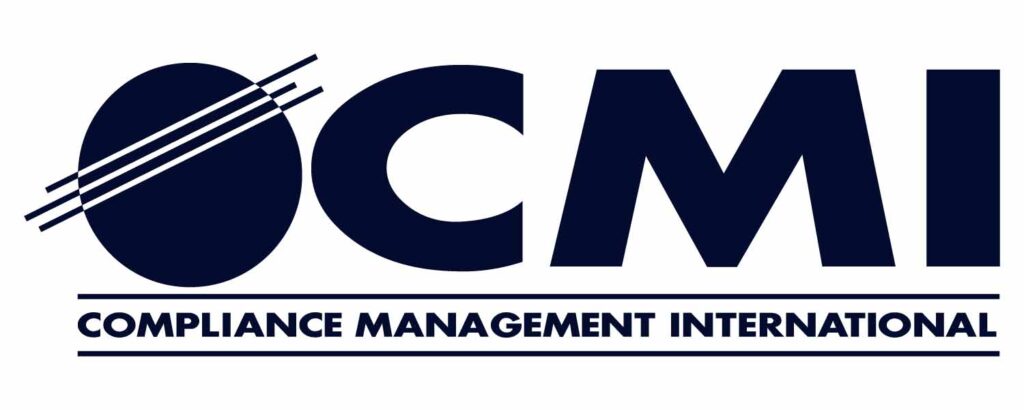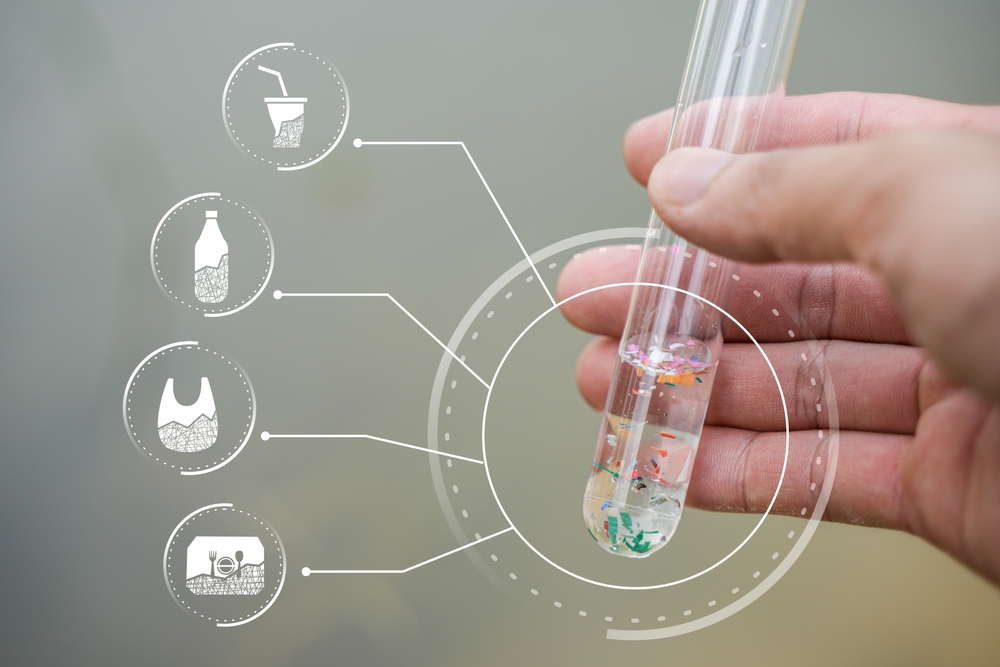On January 6, 2023, the USEPA announced its proposed decision to revise the primary (health-based) annual PM2.5 standard from its current level of 12.0 µg/m3 to within the range of 9.0 to 10.0 µg/m3. However, it proposed not to change the current:
- secondary (welfare-based) annual PM2.5 standard,
- primary and secondary 24-hour PM2.5 standards, and
- primary and secondary PM10 standards.
In addition, EPA proposed revisions to other key aspects related to the National Ambient Air Quality Standards (NAAQS) for PM, including revisions to the Air Quality Index (AQI) and monitoring requirements.
If USEPA does lower the NAAQS, it does not directly limit emissions; rather, it represents the EPA Administrator’s formal judgment regarding the level of ambient pollution that will protect public health with an adequate margin of safety. Depending on the air quality attainment status of the region, PM2.5 may be more scrutinized in future permitting efforts. This could result in organizations receiving lower emissions limits in permits that could require additional controls to continue to operate.
Please contact CMI if you have and questions about these proposed changes, if this action will ultimately affect you.
Written by Kristian Witt, Vice President, Environmental Services



